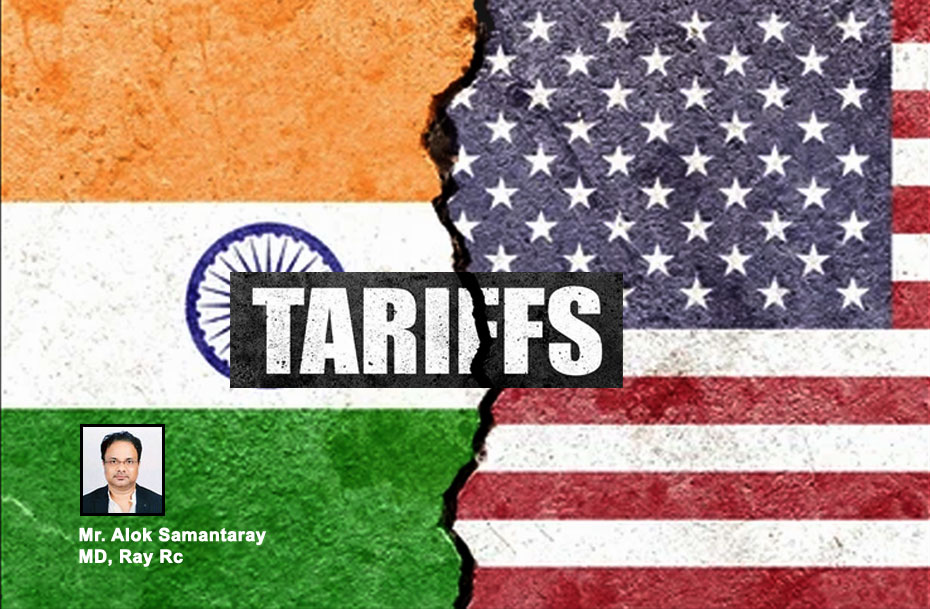
The new US tariffs, effective from August 1, apply to Indian goods across categories: auto parts, electronics, jewellery, textiles, and select processed foods. While the base tariff is 25%, it’s accompanied by a secondary penalty, linked to India’s continued energy and defence ties with Russia. The exact terms of the penalty remain undefined. According to preliminary estimates by economists at NCAER and ICRIER, the new duties could shave 0.2 to 0.5 percentage points off India’s GDP in the next fiscal if they remain in place. The impact is expected to be felt most sharply in labour-intensive export sectors like gems and textiles, where margin pressures are already high.
India's BSE Sensex trimmed steep early losses to close about 0.4% down at 81,185.6 on the last trading day of July, following US President Donald Trump's surprise announcement of a 25% tariff on Indian exports plus an unspecified penalty for buying Russian crude oil and military equipment. India now faces one of the steepest US tariff regimes - a significant setback in bilateral relations, particularly after earlier signs pointed to an imminent trade deal. All major sectors, except FMCG, came under pressure, with pharma, metal, and energy emerging as the top losers. The Fed's cautious tone, which dimmed hopes of policy easing in September, also pressured sentiment. Among single stocks, Tata Steel, Sun Pharma, NTPC, Adani Ports, Reliance and Asian Paints were the biggest laggards, shedding between 1% and nearly 3%. Top gainers included Hindustan Unilever (+3.6%), followed by Eternal (+1.6%). For the month, the index posted a 2.9% decline, marking the first loss in five weeks.
President Donald Trump has revived one of his favorite accusations: that India is the “Tariff King.” In a series of public remarks and Truth Social posts over the past year, he’s accused India of maintaining “the highest tariffs in the world” and “strenuous non-monetary barriers that block American goods.” But the numbers tell a more complicated story, one in which the United States is also a quiet enforcer of some of the steepest trade duties in the developed world.
While US tariffs on industrial goods remain low by global standards, American policy on agricultural imports tells a different story. Bound tariff rates filed by the United States with the World Trade Organisation (WTO) allow for extraordinarily high ceilings on a number of goods.